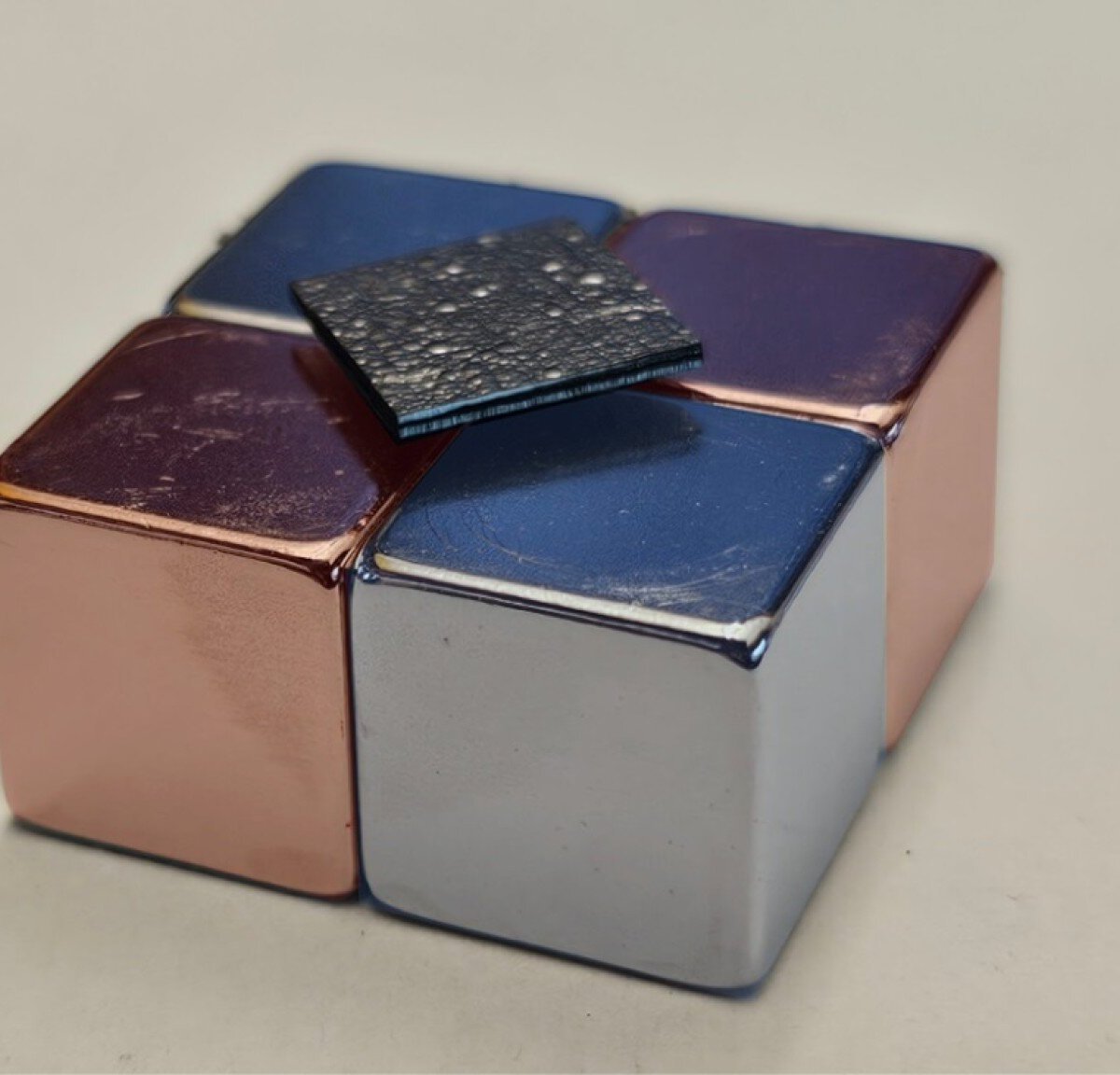The concept of levitation began to become popular, with books, films, and television series approaching the subject through representations of magical powers or technological advances that allowed vehicles to levitate – as in the case of the cars in The Fifth Element (1997) or the hoverboard in Future 2 (1989).
In recent years, scientists have presented results that take this concept to a new level; levitation is indeed possible, but through magnetic levitation. Magnetic levitation, also known as maglev (magnetic levitation), is a very real issue.
The aim of researchers in the field is to use magnetic fields to repel objects without causing any contact between surfaces. So, with this technology, it is possible for trains to move on rails as if they were flying into the air.
What is magnetic levitation?
The best example of this effect is to do an experiment with two magnets of equal poles: When you bring them close together, they will be repelled by the magnetic force. Magnetic levitation exploits this reaction to levitate an object and propel it through a floating system. Literally without any physical contact between the magnets.
A classic example of this technology is the Maglev trains used in China. These vehicles can reach high speeds due to the lack of contact between surfaces. For now, most applications of this technology focus on transportation, but Researchers point out that levitation will still be widely used in space, medicine and many other fields.
In Europe, the Italian company IronLev tested the first Maglev train on a railway in Venice, Italy. The vehicle traveled 2 kilometers and reached a speed of 70 km/h. Despite the relatively low speed, the company considered the experiment successful. The tests could open the door to using magnetic levitation technology in the country..
Possible applications of magnetic levitation
In addition to maglev trains, magnetic levitation is already used in various industries to reduce friction in industrial machinery. This effect is also widely studied in the scientific field.
Recently, a team of scientists from the Okinawa Institute of Science and Technology (OIST) in Japan published a study on the subject. A system that can levitate an object without consuming any energy.

“If sufficiently cooled, our levitating platform could outperform even the most sensitive atomic gravimeters developed to date. Achieving this level of sensitivity requires meticulous engineering to isolate the platform from external influences such as vibrations, magnetic fields, and electrical noise. Our ongoing work focuses on improving these systems to unlock the full potential of this technology,” said Jason Twamley, an OIST professor and co-author of the paper.
As the researchers explain, Studying the topic could lead to the development of ultra-sensitive sensors and other technologies in the area. In any case, they need to continue to do more testing to use the technology in a variety of applications, perhaps more futuristic than we can imagine.
Did you like the content? If so, take the opportunity to discover why graphene is a new option in the field of superconductivity. Don’t forget to share the article on your social networks. Until next time!
Source: Tec Mundo
I’m Blaine Morgan, an experienced journalist and writer with over 8 years of experience in the tech industry. My expertise lies in writing about technology news and trends, covering everything from cutting-edge gadgets to emerging software developments. I’ve written for several leading publications including Gadget Onus where I am an author.












